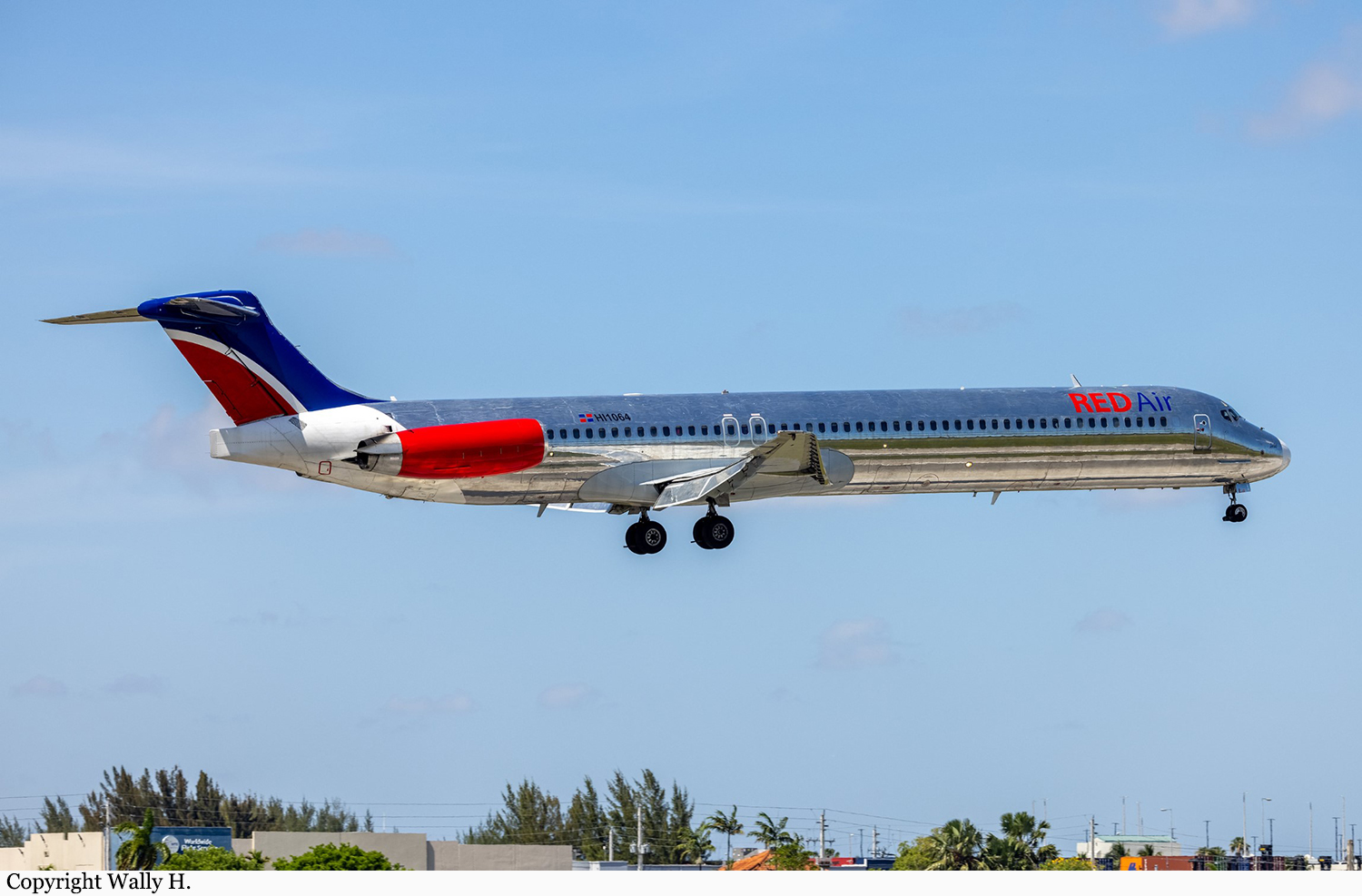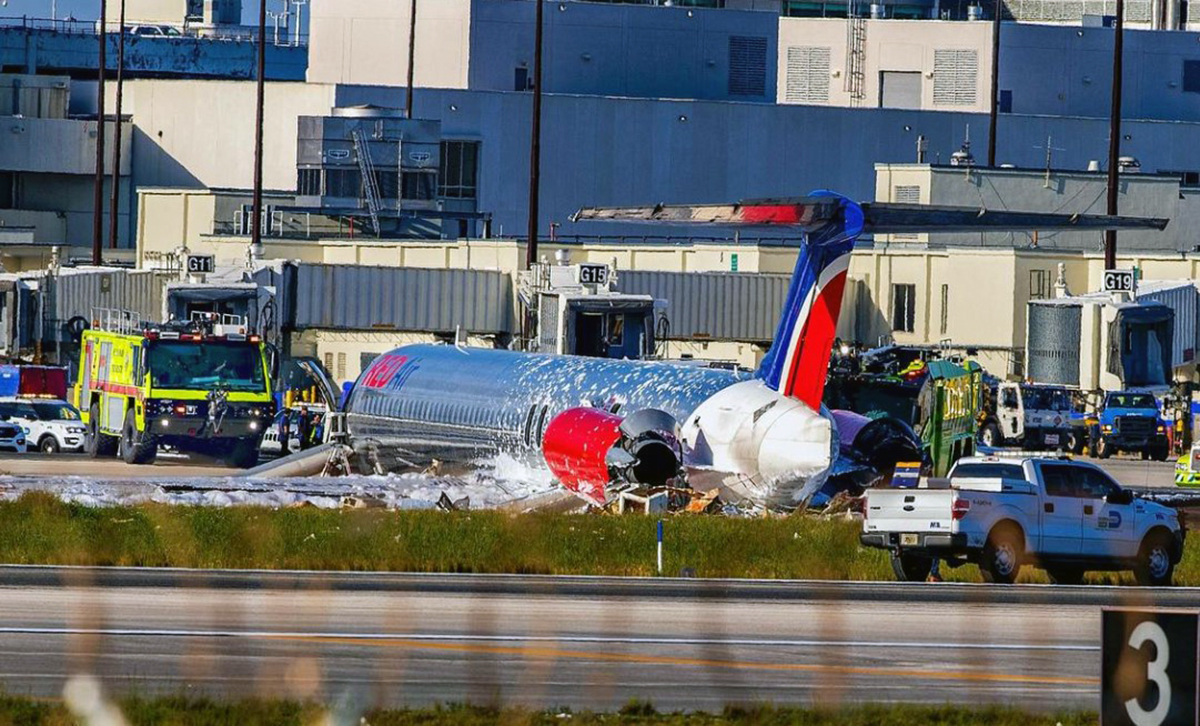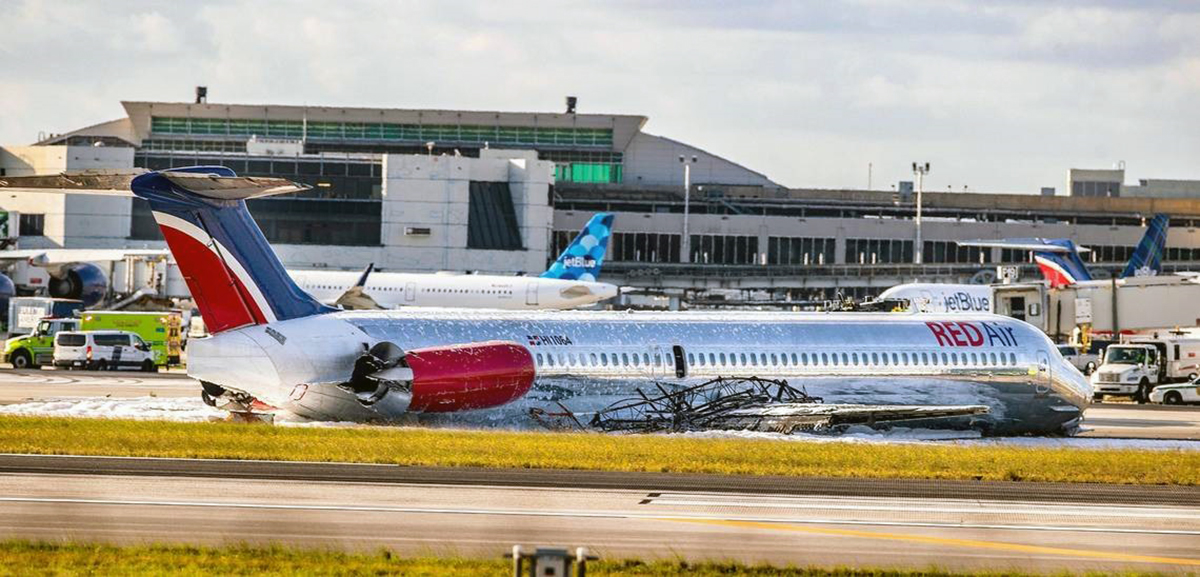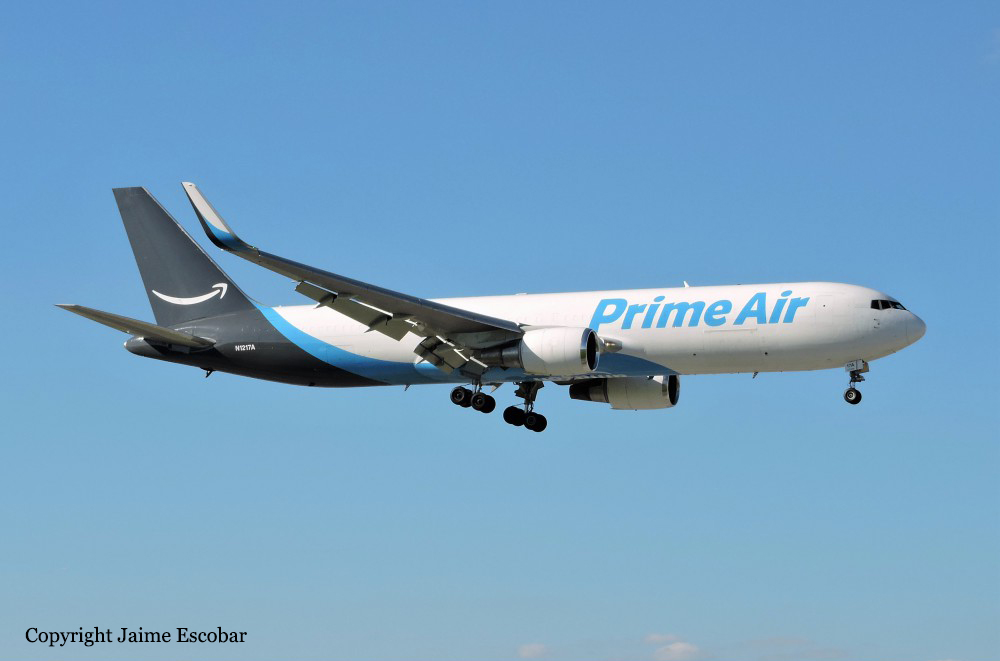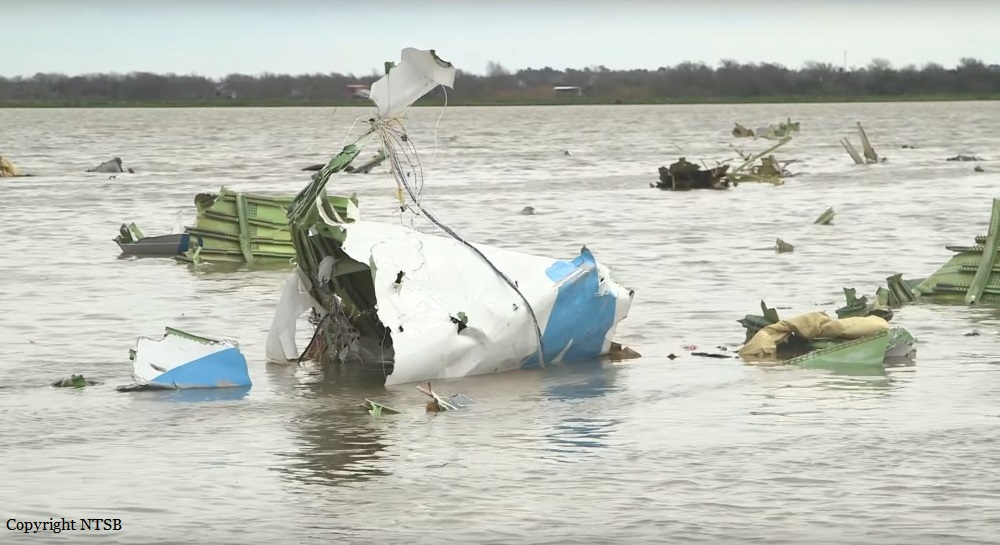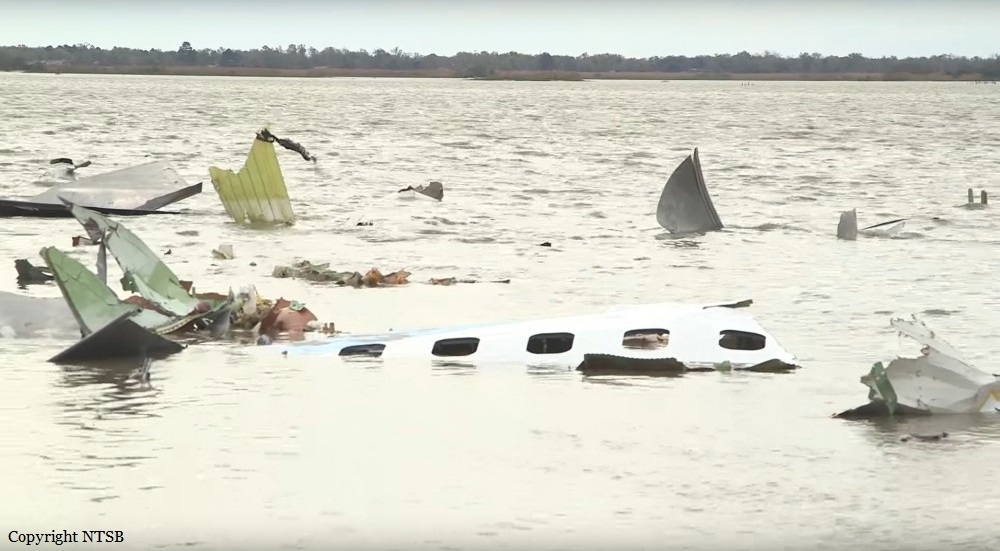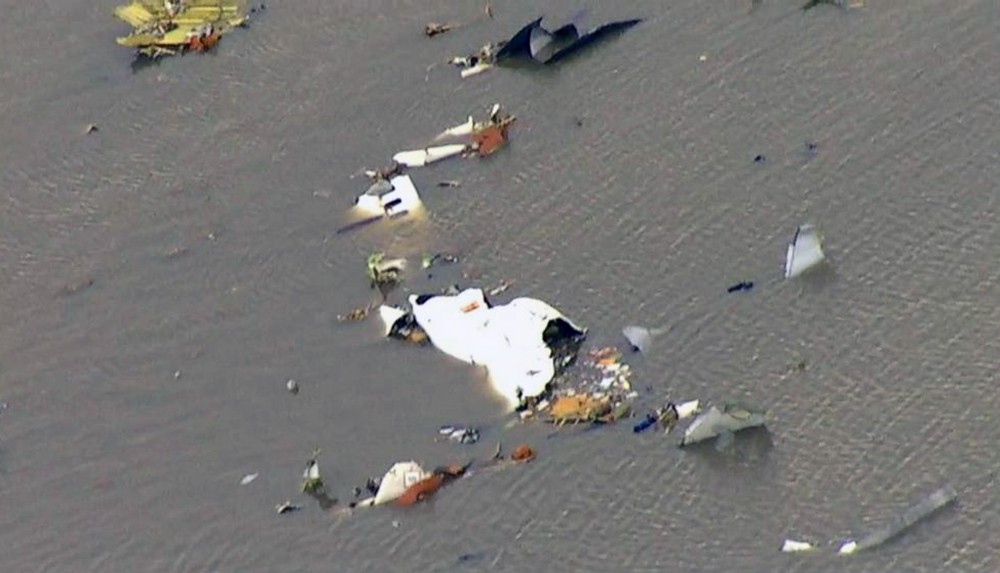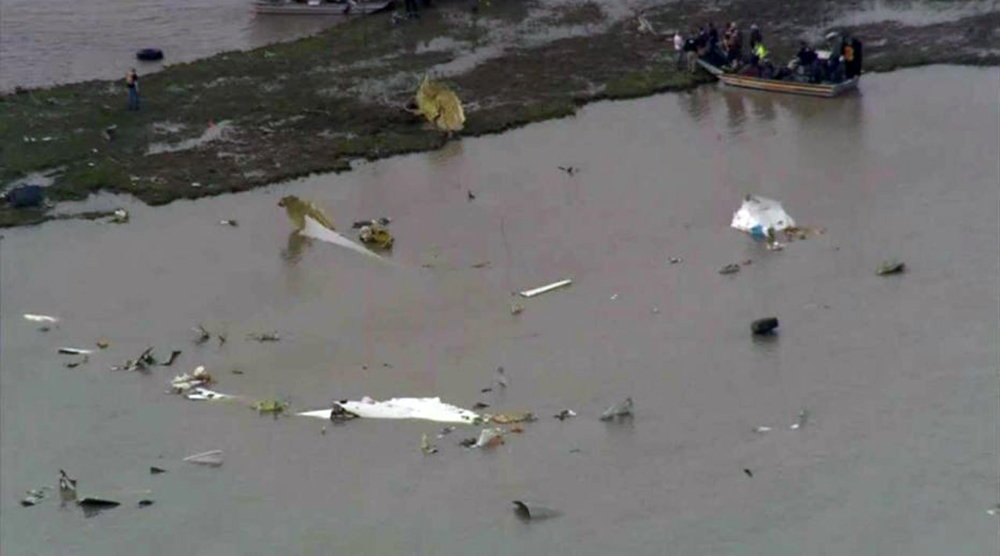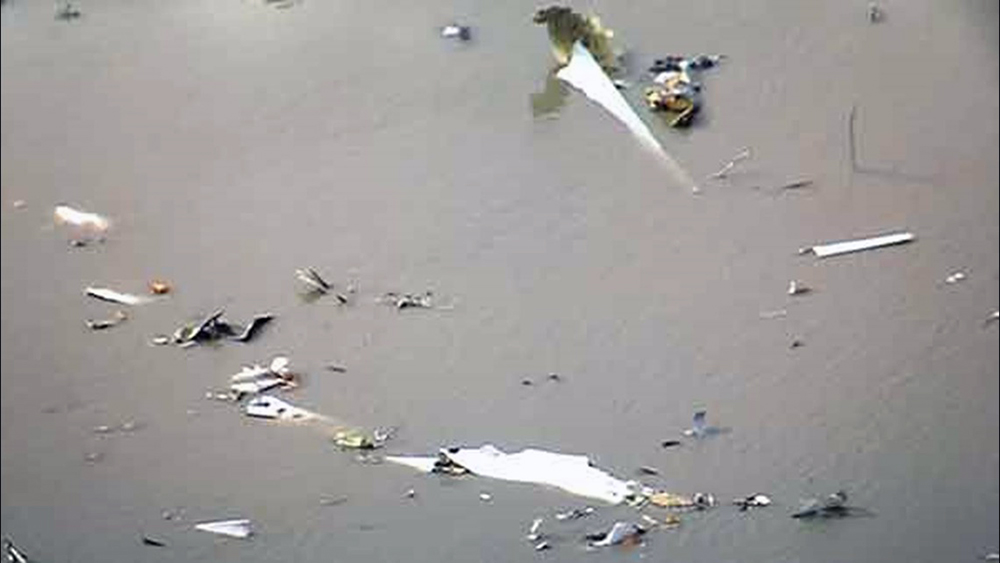Crash of a McDonnell Douglas MD-82 in Miami
Date & Time:
Jun 21, 2022 at 1738 LT
Registration:
HI1064
Survivors:
Yes
Schedule:
Santo Domingo - Miami
MSN:
53027/1805
YOM:
1990
Flight number:
L5203
Crew on board:
10
Crew fatalities:
Pax on board:
130
Pax fatalities:
Other fatalities:
Total fatalities:
0
Captain / Total hours on type:
1400.00
Copilot / Total hours on type:
269
Aircraft flight hours:
69838
Aircraft flight cycles:
36990
Circumstances:
Following an uneventful flight from Santo Domingo-Las Américas Airport, the crew was cleared to land on runway 09 at Miami-Intl Airport. The first officer recalled that the airplane touched down smoothly on the right and then the left main landing gear and that the airplane was slightly to the right of the centerline, which he corrected after touching down. Shortly afterward, the flight crew felt a vibration on the left side of the airplane. The vibration increased, and the airplane veered to the left despite the crew’s efforts to maintain the airplane on the runway centerline. The airplane subsequently departed the paved runway surface and impacted the glideslope equipment building for runway 30, which was located to the left of runway 09, causing the nose landing gear and the right main landing gear to collapse. A post crash fire began on the right wing after the fuel tank on that wing was breached, after which the airplane came to a stop. Nevertheless, fire was quickly extinguished and all 140 occupants evacuated safely, among them four passengers were taken to Jackson Hospital.
Probable cause:
The collapse of the left main landing gear during the landing roll resulted in a runway excursion due to a loss of controllability on the runway, during which the aircraft impacted a small equipment building, breaching the right-wing fuel tank and causing a post-crash fire. The performance of the crew was thoroughly evaluated during this investigation and found to be appropriate for the circumstances of the accident.
The focus of this analysis is the cause of the left main landing gear collapse. Particularly
(1) the left shimmy damper’s failure to adequately dampen vibration during landing and
(2) the failure of the left main gear downlock mechanism due to excessive vibration.
The structural failure of the left main landing gear downlock following ineffective shimmy dampening during the landing roll which caused the collapse of the left main landing gear, resulting in a runway excursion and post-flight fire.
The focus of this analysis is the cause of the left main landing gear collapse. Particularly
(1) the left shimmy damper’s failure to adequately dampen vibration during landing and
(2) the failure of the left main gear downlock mechanism due to excessive vibration.
The structural failure of the left main landing gear downlock following ineffective shimmy dampening during the landing roll which caused the collapse of the left main landing gear, resulting in a runway excursion and post-flight fire.
Final Report:
